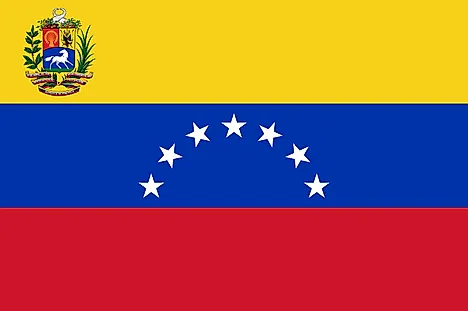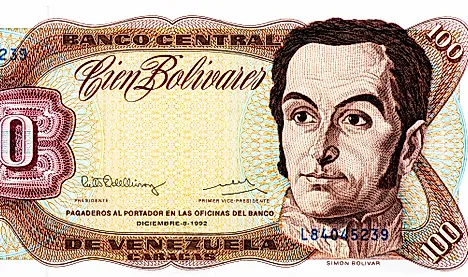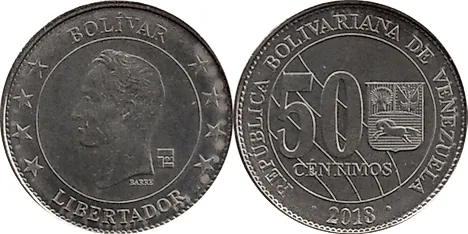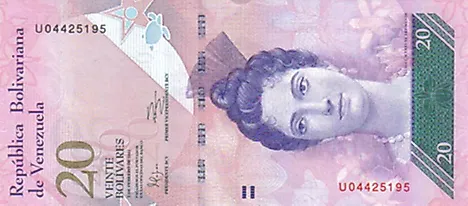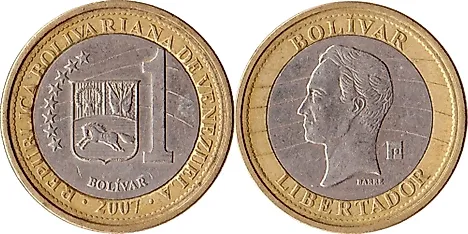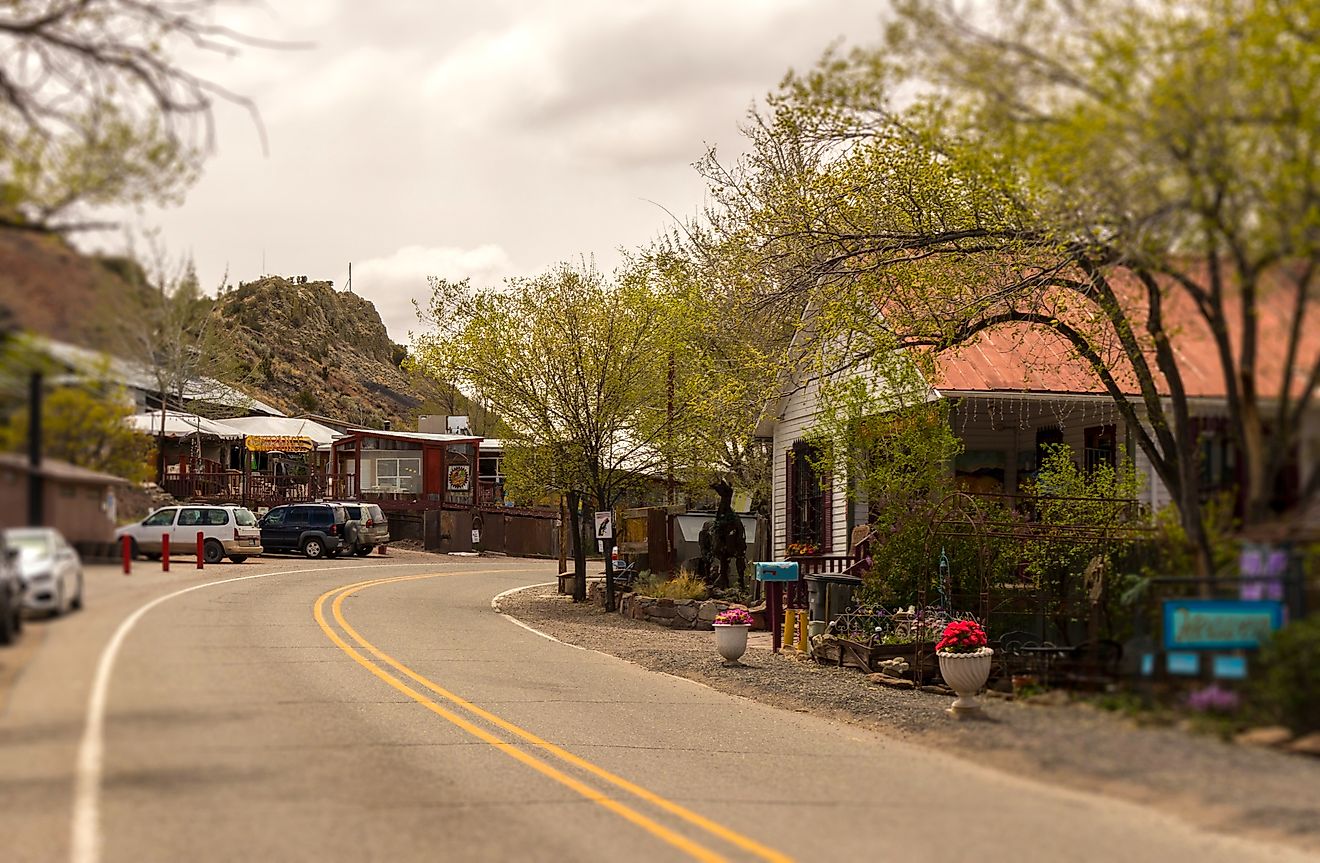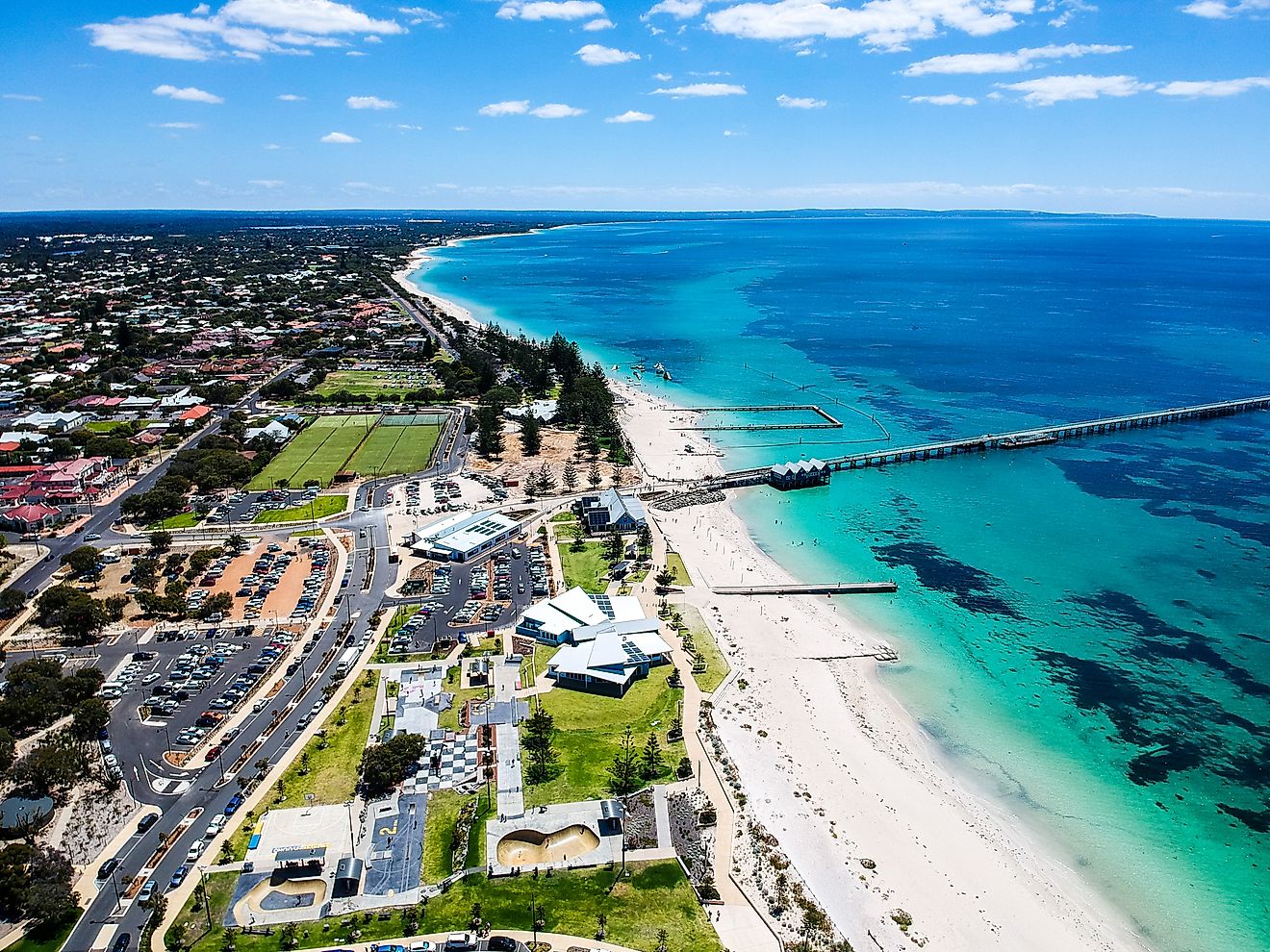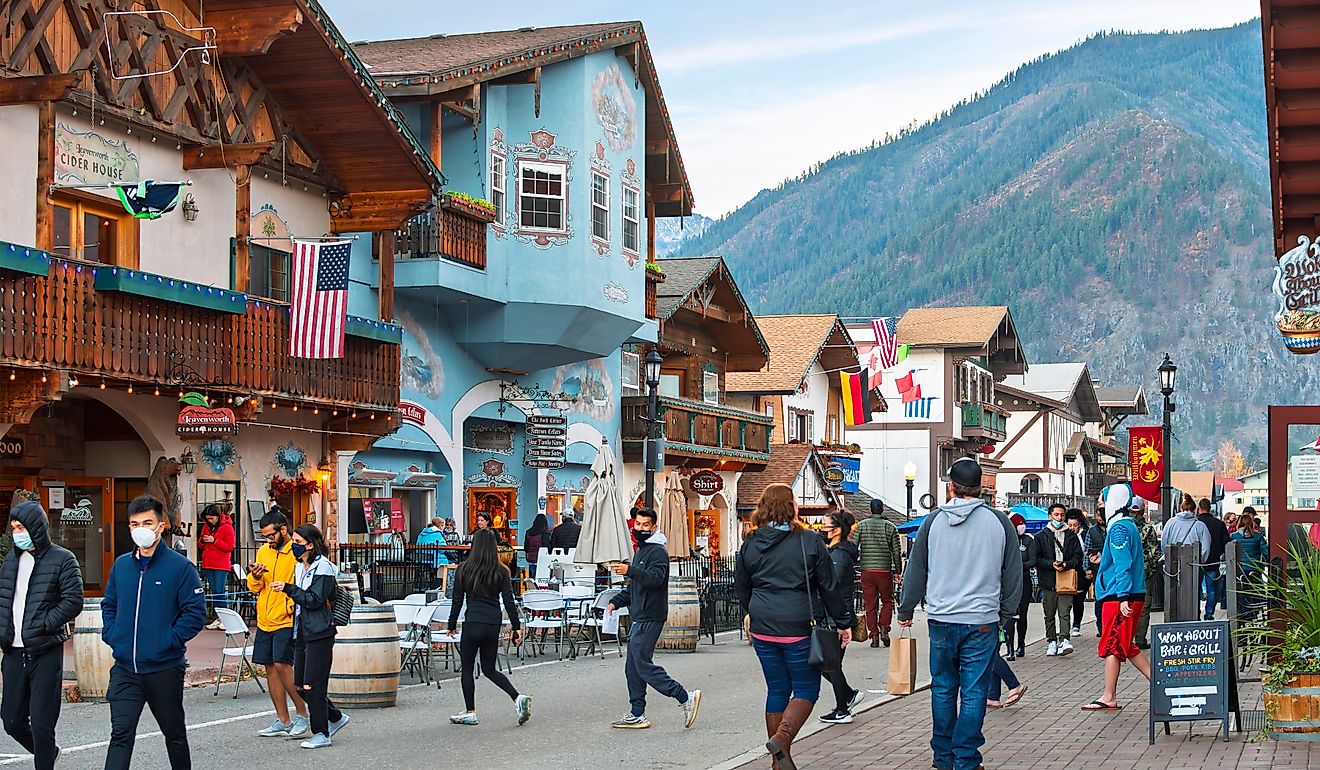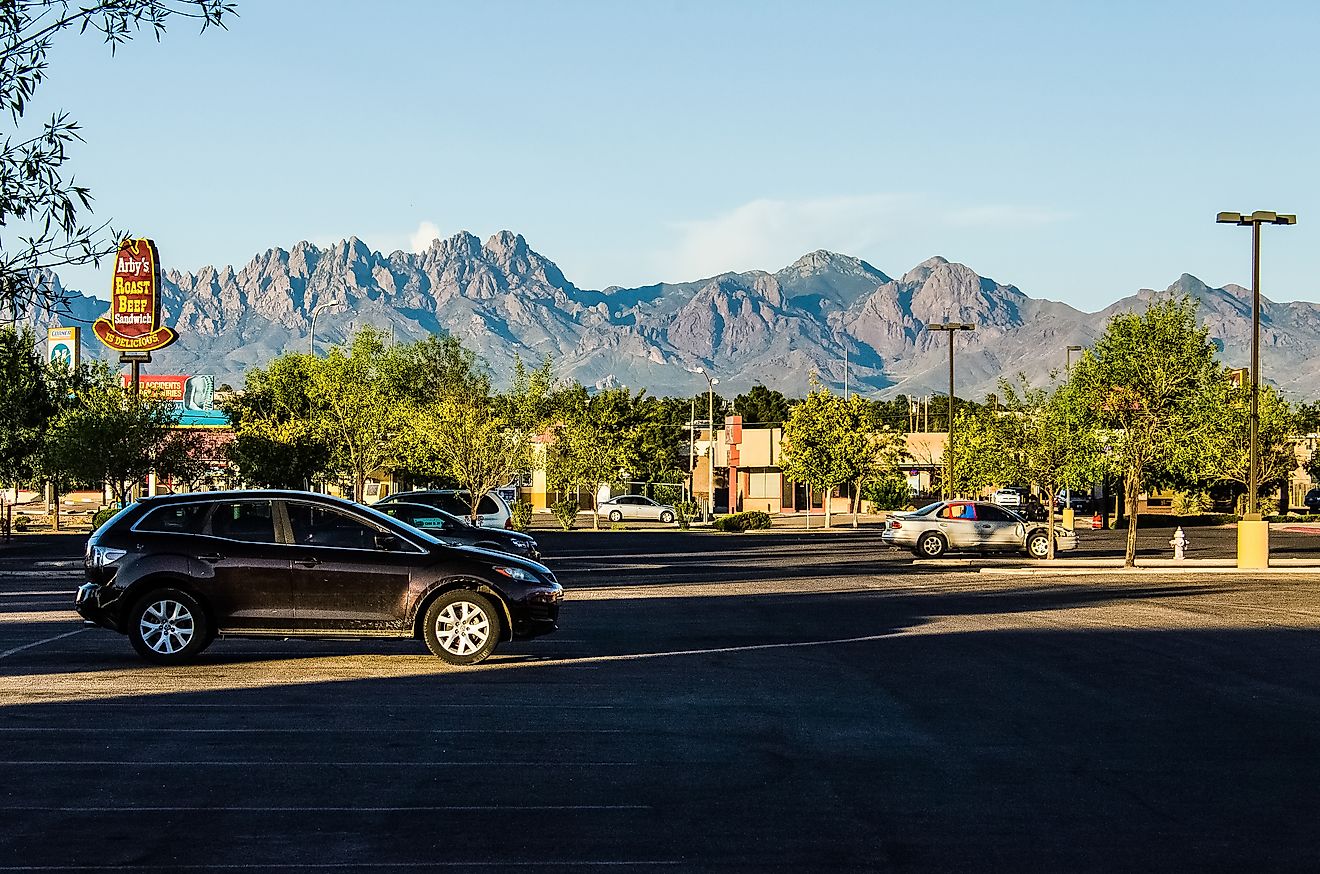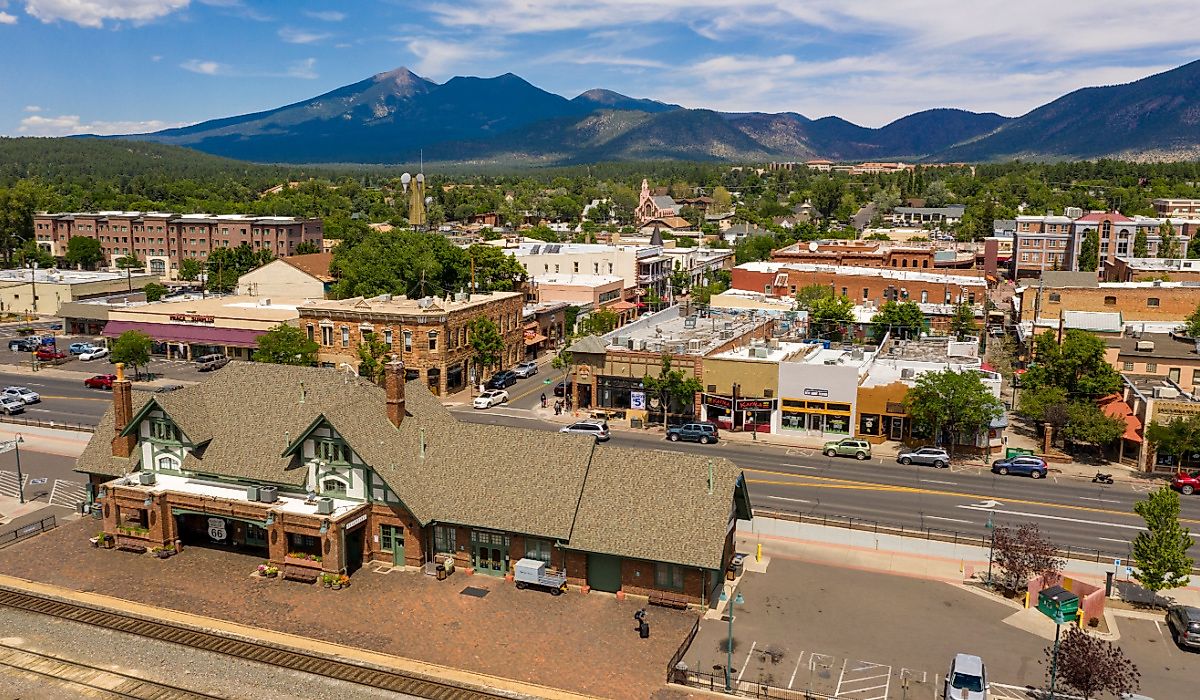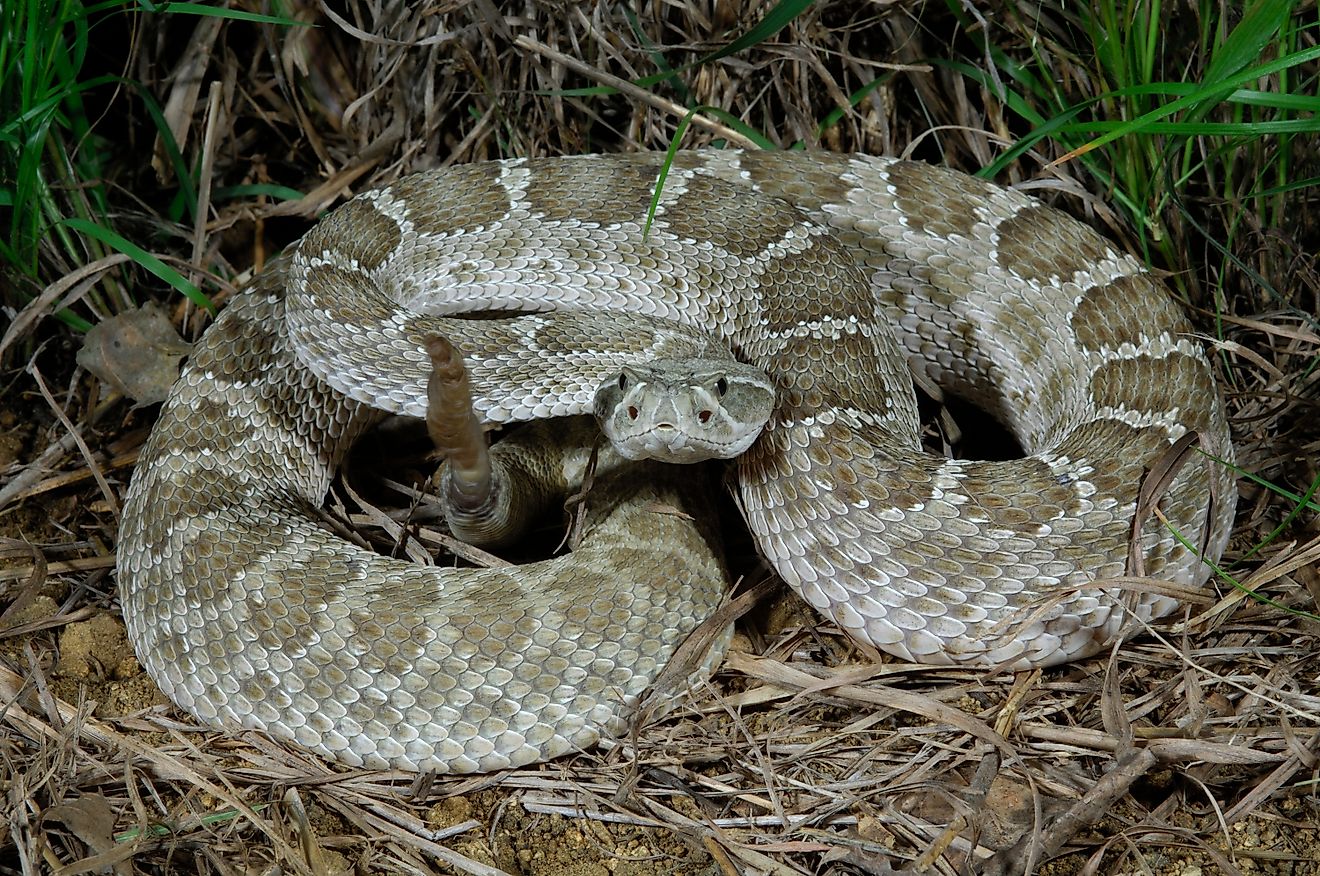Flags, Symbols & Currency of Venezuela
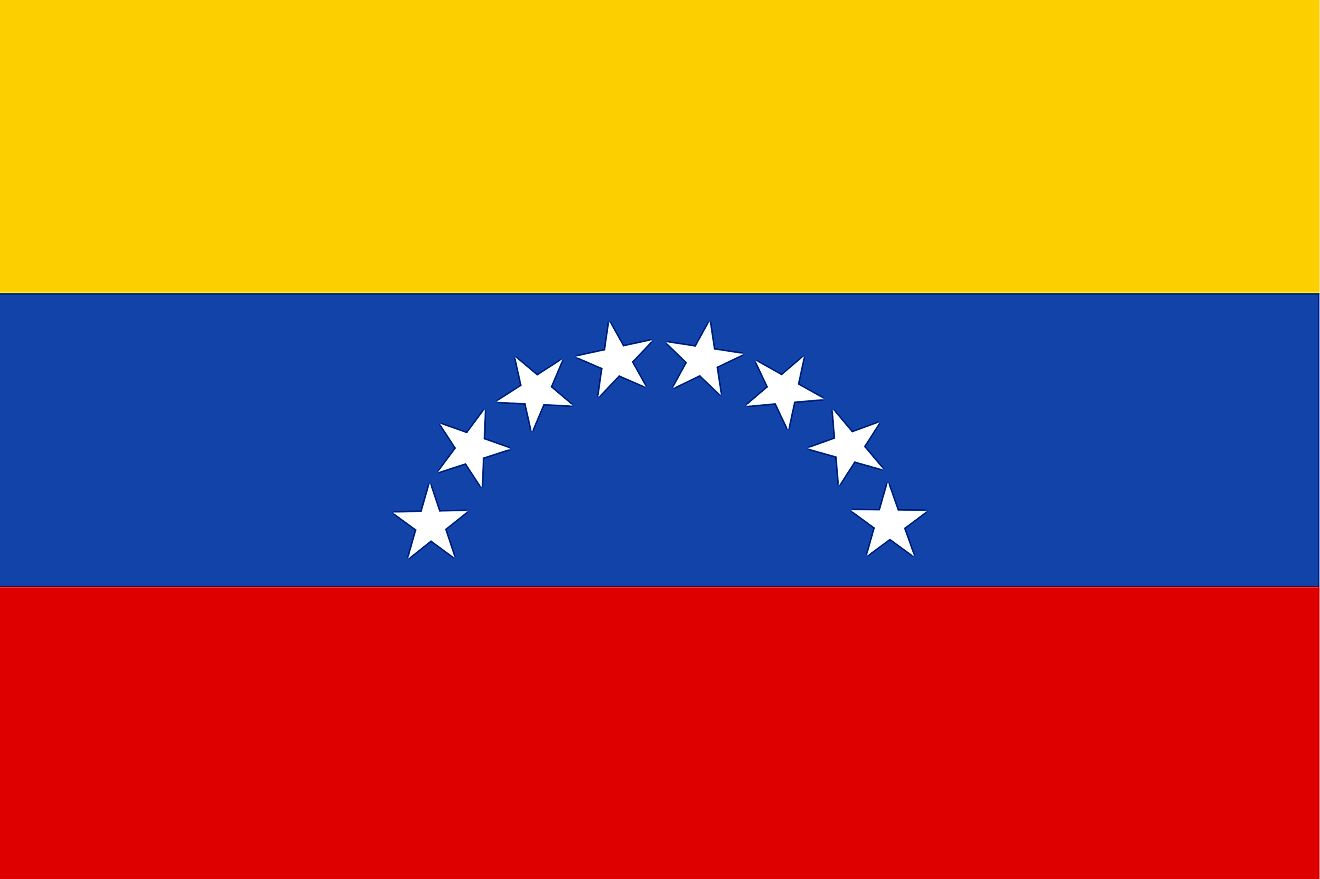
The National Flag of Venezuela was officially adopted on March 26, 2006.
The National Flag of Venezuela featured three equal horizontal bands of yellow (top), blue, and red; with the coat of arms on the hoist side of the yellow band and an arc of eight white five-pointed stars centered in the blue band. The Venezuelan flag has thus retained the three equal horizontal bands and three main colors of the banner of Gran Colombia - the South American republic that broke up in 1830. The yellow color of the flag symbolizes the riches of the land. The blue color represents the courage, perseverance, loyalty of the people of Venezuela as well as the ocean separating Venezuela from Spain. The red color symbolizes the bloodshed in attaining independence from Spain. The white stars represent the seven provinces of Venezuela that united in the war of independence by signing the Independence Act of July 5, 1811. On March 7, 2006, the then President Hugo CHAVEZ ordered an eighth star to be added to the star arc –to conform with the flag proclaimed by Simon Bolivar in 1827 and to represent the historic province of Guayana. The flag has a width-to-length proportion ratio of 2:3.
History of the Flag of Venezuela
In the 16th century, the first flag that represented Venezuela was that of the Spanish ruled Kingdom of Granada which consisted of the Cross of Burgundy. In 1717, the Spanish colony was renamed as “the Viceroyalty of New Grenada” and a new flag with red-yellow-red horizontal tricolor was used. The center of the flag bore the Spanish Insignia and the crown of Spain above it. The region attained some freedom from Spain and thus came to be known as the “Captaincy General of Venezuela”. The two revolutionaries Manuel Gual and Jose Maria Espana in 1797, proposed a flag consisting of white-yellow-blue-red colors. Francisco de Miranda in 1801, proposed a flag with black-red-yellow colors. On July 5, 1811, Venezuela attained independence and adopted a flag containing yellow-blue-red stripes. In 1813, after a civil war, a Second Republic was established. The flag of this second republic had a red background and a centrally placed white diamond and a black rectangle. This flag was in use till 1814. The 3rd Republic of Venezuela was established in 1817. A new flag with a horizontal tricolor of yellow-blue-red and 7 blue five-pointed stars on the yellow stripe. In 1819, Venezuela joined New Granada to form Gran Colombia. The flag featured yellow- blue-red tricolors and a shield depicting an Indian woman overlooking the sunset. In 1820, this shield design was modified to feature the Cundinamarca arms. From 1821-1822, the 3rd flag of Gran Colombia featured yellow-blue-red flag colors and a new coat of arms. In 1822, the 4th flag of Gran Colombia featured a different coat of arms. In 1830, the number of stars increased to 12 as Venezuela was separated from Gran Colombia. From 1830-1836, the newly independent republic known as “the Bolivarian Republic of Venezuela” featured the same flag colors but with a different coat of arms. In 1836, a separate flag was adopted with a differently designed coat of arms. In 1859, the coat of arms was replaced by the 7 white stars. In 1930 the stars were arranged to form an arc at the center of the flag. In 2006, an arch of 8 white five-pointed stars was added to the current modern flag of Venezuela.
Symbols of Venezuela
The National Coat of Arms of Venezuela

The National Coat of arms was officially adopted in 1836 and modified in 2006. It features a shield that is divided into the colors of the National Flag. The red displays wheat, which represents the union of the 20 States of the Republic existing at the time, and the wealth of the Nation. The yellow depicts weapons (a sword, a sabre, and three lances) and two National Flags, which are tied by a branch of laurel, as a symbol of triumph in war. The blue shows a wild white horse running free, an emblem of independence and freedom. Above the shield are two crossed cornucopias (horns of plenty), pouring out wealth. The shield is flanked by an olive branch and another of palm, both tied at the bottom of the coat with a large band that represents the national tricolor.
National Motto
"Dios y Federación" ("God and Federation")
National Anthem
- Anthem Title: "Gloria al Bravo Pueblo" (“Glory to the Brave People”)
- Music Composer: Juan José Landaeta
- Lyricist: Vicente Salias
- Date of Adoption: May 25, 1881
"Gloria al Bravo Pueblo" (“Glory to the Brave People”) is the national anthem of Venezuela. The music of the anthem has been composed by Juan José Landaeta. The lyrics of the anthem have been authored by Vicente Salias. The anthem was officially adopted on May 25, 1881.
"Gloria al Bravo Pueblo" (Spanish)
— Coro —
Gloria al bravo pueblo
que el yugo lanzó,
la Ley respetando
la virtud y honor.
(repetir todos)
— I —
¡Abajo cadenas! (2x)
Gritaba el señor; (2x)
y el pobre en su choza
libertad pidió.
A este santo nombre
tembló de pavor
el vil egoísmo
que otra vez triunfó.
(repetir últimas cuatro líneas )
(repetir dos ultimas lineas )
(Coro)
— II —
Gritemos con brío (2x)
¡Muera la opresión! (2x)
Compatriotas fieles,
la fuerza es la unión;
y desde el empíreo,
el Supremo Autor
un sublime aliento
al pueblo infundió.
(repetir últimas cuatro líneas)
(repetir dos ultimas lineas)
(Coro)
— III —
Unida con lazos (2x)
que el cielo formó, (2x)
la América toda
existe en nación;
y si el despotismo
levanta la voz
seguid el ejemplo
que Caracas dio.
(repetir últimas cuatro líneas)
(repetir dos ultimas lineas)
(Coro)
Glory to the Brave People
— Chorus —
Glory to the brave people
who shook off the yoke,
The law respecting,
virtue and honour.
(repeat all)
— I —
“Down with chains!” (2x)
Shouted the Lord; (2x)
And the poor man in his hovel
For Freedom implored.
Upon this holy name
Trembled in great dread
The vile selfishness
That had once prevailed.
(repeat last four lines)
(repeat last two lines)
(Chorus)
— II —
Let’s scream out aloud: (2x)
"Death to oppression!" (2x)
Oh, loyal countrymen:
Strength is in unity;
And from the Empyrean
The Supreme Author
A sublime spirit
To the people blew.
(repeat last four lines)
(repeat last two lines)
(Chorus)
— III —
United by bonds (2x)
That Heaven has formed, (2x)
The entire America
Exists as a Nation;
And if ever despotism
Raises again its voice,
Then follow the example
That Caracas gave.
(repeat last four lines)
(repeat last two lines)
(Chorus)
The Currency of Venezuela is the Venezuelan bolívar (bolívar soberano)
The current official currency of Venezuela is Venezuelan bolívar (bolívar soberano) [VES]. This currency was introduced in the country on August 20, 2018. It is subdivided into 100 céntimos.
Coins
Currently, coins in two denominations of 1 bolívar soberano and 50 céntimos are issued.
Banknotes
100, 10,000, 20,000, 50, 000 bolívar soberano notes are currently issued.
Historical Currencies of Venezuela
The name bolívar of the Venezuelan currency is derived from the name of Simon Bolívar, the famous hero of the independence movement of Latin America. An 1879 monetary law led to the adoption of the currency in Venezuela. It replaced the venezolano, the former short-lived currency. The conversion was set at one venezolano was equal to 5 bolívares. In 1934, 3.914 bolívares was equal to 1 US dollar. For a significant period, the Venezuelan bolívar remained one of the most stable currencies in the Latin American region. However, post-February 18, 1983, the currency lost its stability and got highly devalued, a situation that continues to plague the economy of the country to this date. Hence, this date is aptly dubbed Black Friday by many people in Venezuela.
Bolívar fuerte was the currency of Venezuela from January 1, 2008-August 20, 2018. The coins of Bolívar fuerte were circular. The obverse side of these coins mentioned the denomination. The 8 stars of the Venezuelan flag and waves symbolizing the bands of the flag were also featured on the obverse side. The coat of arms and the name of the minting country was printed on the reverse side. Coins of all denominations had similar designs except for the 1 bolivar coin which featured Simón Bolívar’s portrait on the obverse side and the coat of arms, the denomination, and an inscription on the other side. The banknotes of the Bolívar fuerte had a portrait-oriented and a landscape-oriented obverse and reverse sides, respectively. The Bolívar fuerte was replaced by Bolívar soberano as the current official currency of Venezuela from August 20, 2018.


